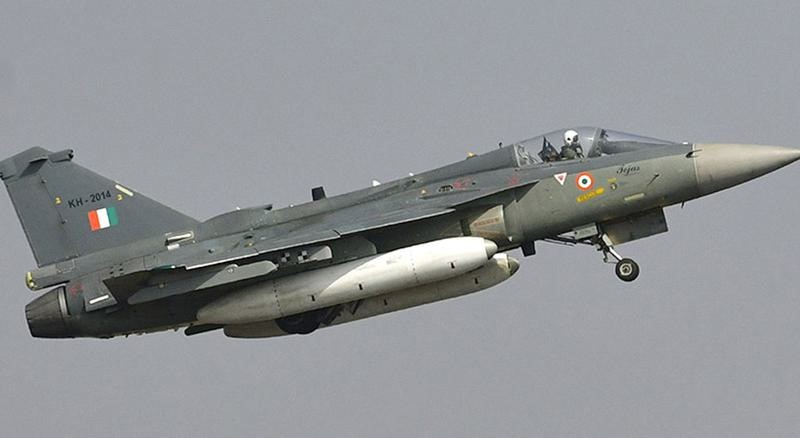Free Courses Sale ends Soon, Get It Now


Free Courses Sale ends Soon, Get It Now



Disclaimer: Copyright infringement not intended.
Context
Defence Acquisition Council, chaired by Defence Minister Rajnath Singh, gives initial approval for acquisition of the indigenously developed aircraft for armed forces; 98% of total procurement to be sourced from domestic industries.
Details
Key Highlights of the Defence Acquisition Projects
Significance
About DAC
Role and Functions:
Composition:
History:
MUST READ ARTICLES:
https://www.iasgyan.in/daily-current-affairs/prachanda-helicopters
https://www.iasgyan.in/daily-current-affairs/lch-14
https://www.iasgyan.in/daily-current-affairs/light-combat-aircraft-lca-mk1
|
PRACTICE QUESTION Q. Discuss the significance of the recent defence acquisition projects approved by the Defence Acquisition Council (DAC) and their implications on India's defence capabilities. Evaluate the strategic importance of indigenous defence manufacturing and its role in enhancing national security in the context of military modernization initiatives.. (250 Words) |
© 2024 iasgyan. All right reserved